STUDENTS PROJECTS
PROJECTS2013
19 December, 2013
Restoration and re-use of the old city hall of Thessaloniki
The building is located at the corner of Venizelos and Vamvaka Streets, in the northern part of Hamza Bey Caami (15th.c). Caravan Serai, a remarkable monument of historical value, was located at the exact position.
Student team: Arvaniti Elpida, Karafagka Christina, Koutla Eirini
Supervisor: Styliani Lefaki
Aristotle University of Thessaloniki
Presentation date : September 2013
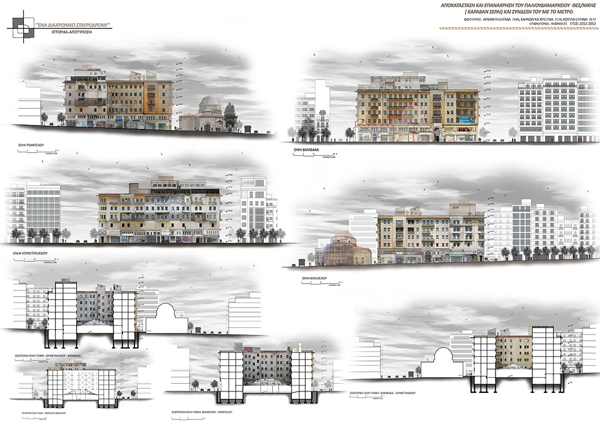
The first scholars of the building, who gave the building plans, guess that the building was a byzantine hotel based on its construction system. After the destruction of the building some of its parts were preserved for a long time.
Before 1924 a study of a new building, created by the architect Deladetsimas had been approved by the Archeological Service . This study suggested the construction of a ground floor and three more floors, adjusted to the main form of the Caravan Serai.
In June 1924 the site was transmitted from the State to private investors who would have to agree with the conditions underlined further down:
1. Preserve the remained ruins unmodified, accessible and visible
2. Erect a construction according to the studies of the architect Delatsimas.
In 1924 and after the approval of the studies, a ground floor building was constructed exactly on the road of Venizelou Street and today's Vamvaka. Further on, in 1932 the license to extend the building in length had been approved, as all the visible and none remaining/ruins of the initial construction of the Karavan Sarai had been destroyed. This study forecasted a longer height which came in contradiction to the rules of the building permission of that time; the argument provided included the adjustment of this new construction to the setting area and location.
Since today, the ultimate formulation of the sites has not been implemented in its total. This last study after the complete demolition of the Karavan Sarai had set the target of the actual conformation of this building to the neighboring mosque. The building could have been considered as a hotel.
English text
As far as the typological traits of the building are concerned, the building differentiates itself from the other constructions around the area; it refers to a building which occupies the space of a whole city block and is build around a central atrium.
According to the impression the building itself but also after the comparison to its prior plans and studies, the main typological characteristics have been summarized into three:
1. A rectangular building organized around an atrium with a parametric corridor of motion
2. The ability to access the building through two basic entrances at each site, and a central one placed at the eccentric to the southern site
3. The existence of the axis of symmetry which conduce to the organization of the salient at each sites.
The two parts of the building were designed uniform and even according to Deladetsimas's and other future plans. Nevertheless, those plans were never materialized due to the big number of heirs, and the continual conveyances of the parts of the building among them and due to financial differences. The side views of the building were never completed.
Only in three parts of the buildings the morphological elements are designed according to past proposal plans. The forth part of the building remained in a bad conservation condition outwardly, without any special morphological-decorative elements. The morphology of the basic side views of this part toughens up the recognition of its typology.
The pathology of the building was examined according to 4 basic fields:
- Static system
- Typology
- Damages
- Morphology
During the study of the building's static system the basic features we pinpointed were the unequal grid of the building and its static insufficiency , which proposes the basic need to amplify its static system.
As far as the typology of the building is concerned, we noticed than in several points the predicted typology according to the approved plans isn't kept, and this fact in combination with the bad conservation condition it concludes in a degraded image of the building.
These are the basic facts that lead to subsequent decisions and actions for the configuration of the building and its surrounding area.
The intervention proposal was incorporated in the context of the basic principles of restoration.
Major target is the combination-communication of the building with its signifying surroundings, the new subway station and the Hamza Bey Caami.
The proposal is including: an alignment according to the steering angle of Hamza Bey Caami, retaining the existing rectangular grid.
The new subway station in which the palimpsest of Egnatia was discovered is connected with the underground of the building and the stratigraphy of the region is highlighted.
The suggested design has a goal to preserve and underline the typological and morphological elements of the building as well as re-establish the precedent historical phases-intentions in a contemporary version.
The interior interventions aim at: emphasizing the atrium and promoting it to an everyday use plus organizing the spaces of the building in relevance to it, accomplishing best functionality with ergonomic spaces, combining the static resolution of the building with the interior formation, retain-highlight the interior typology.
Initial goals of reuse: to establish a public building, easily accessible by visitors offering them the option of modification, to define a role of contemporary coordination and decision center and finally emphasizing its variability and possibility of hosting a range of functions while becoming a crossroad of elements from different cultures.
Suggested facilities:
-Public spaces (path around the atrium)
-Vertical communication
-Offices
-Museum, Exhibition spaces
-Commerce
-Leisure-time activities
-Library
-Social, cultural services
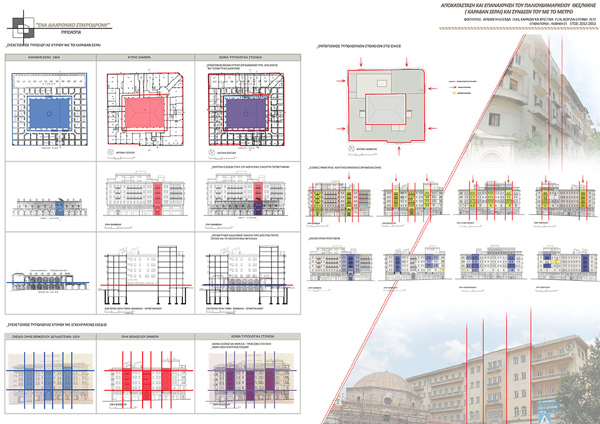
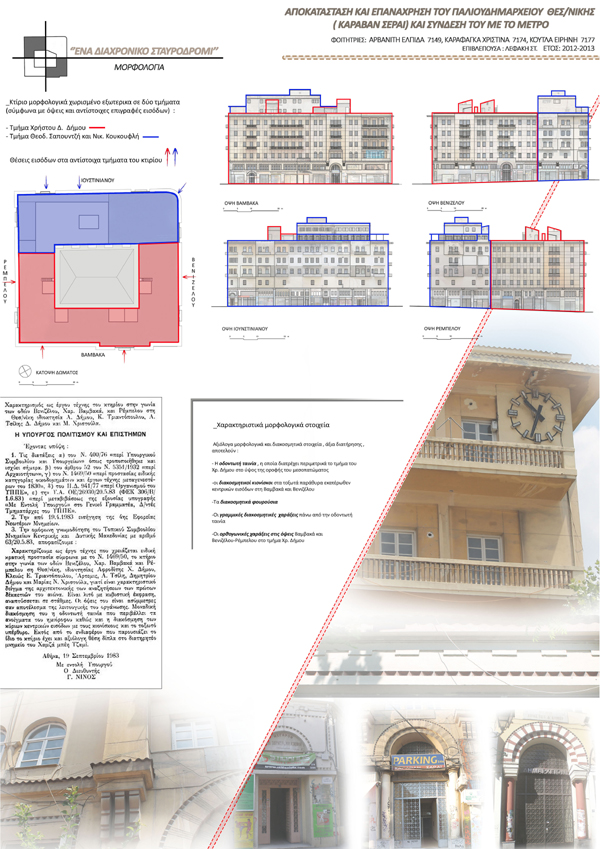
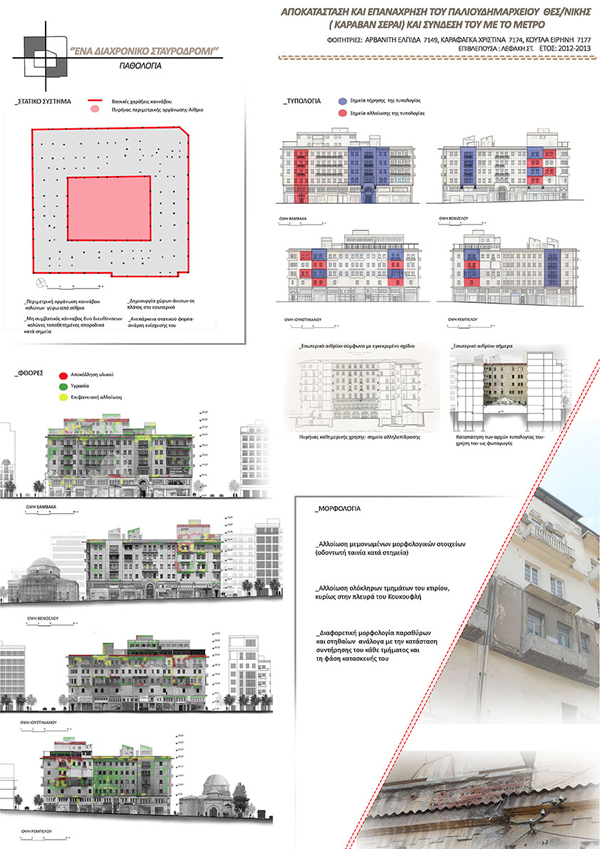
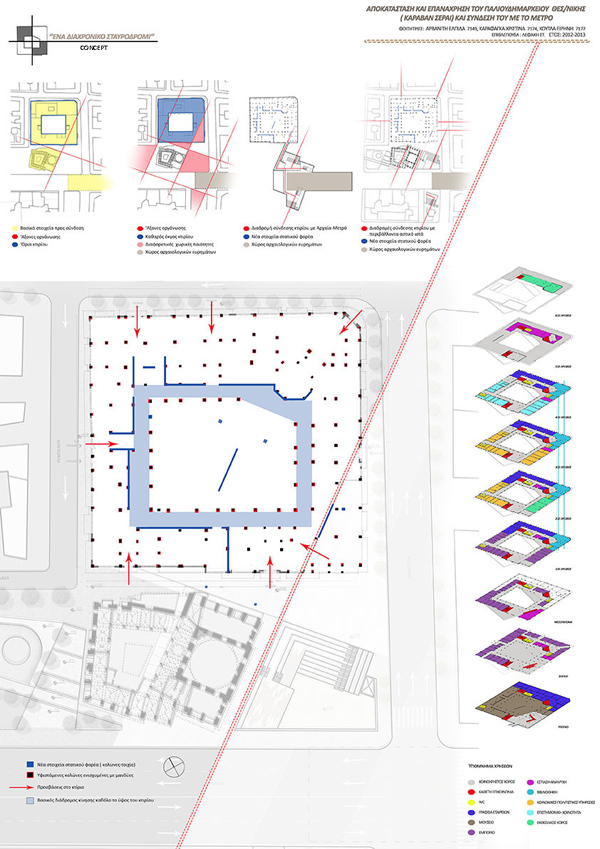
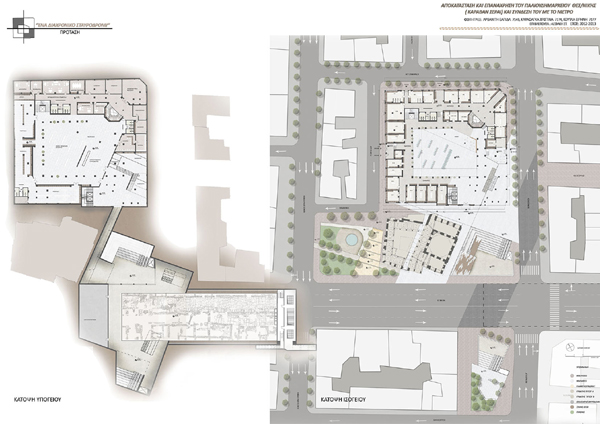
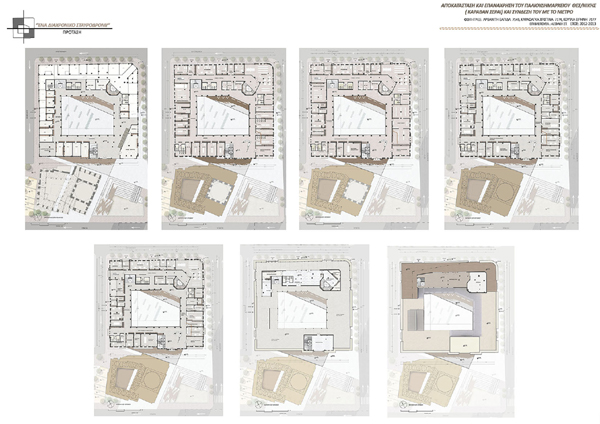
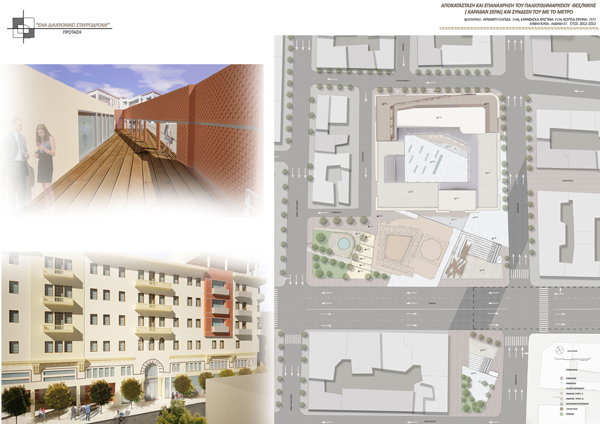
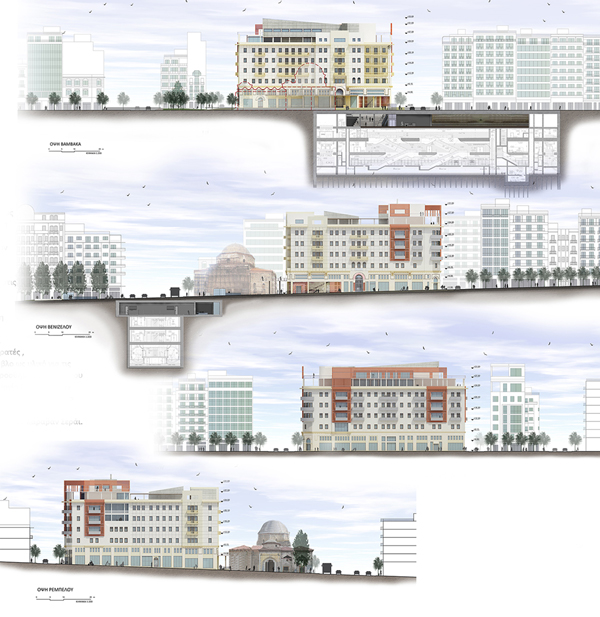
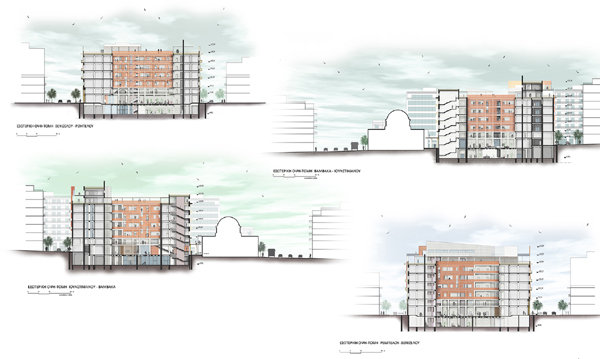
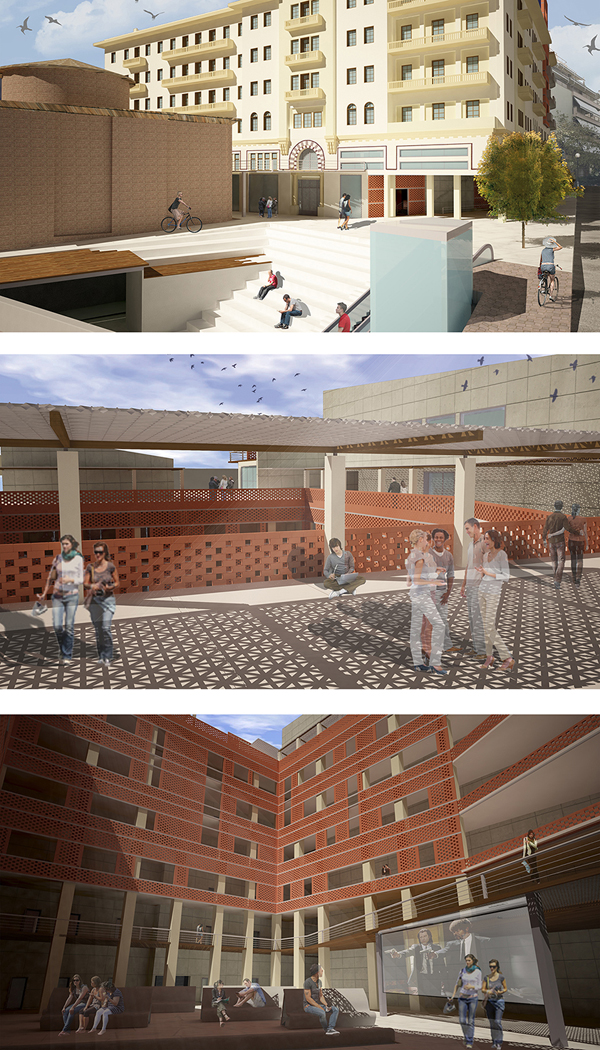
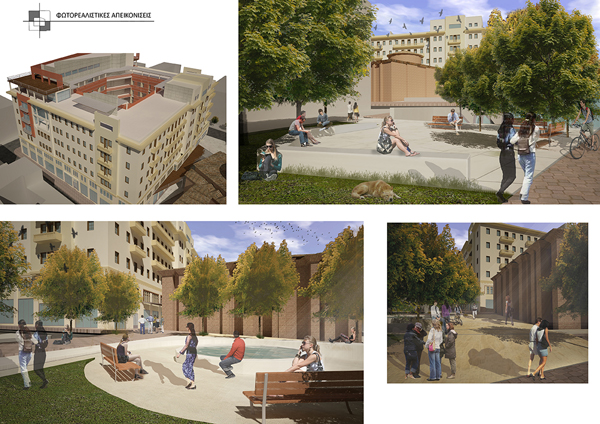
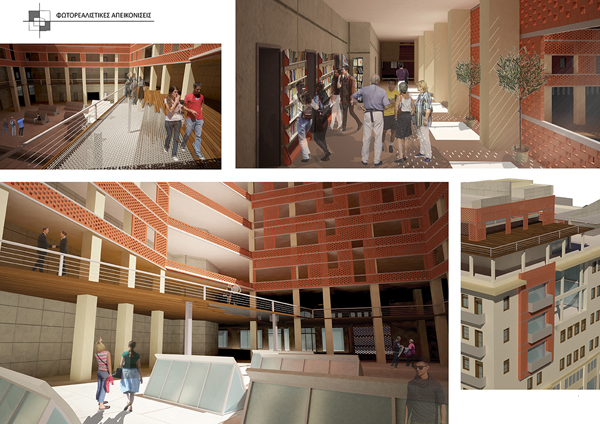
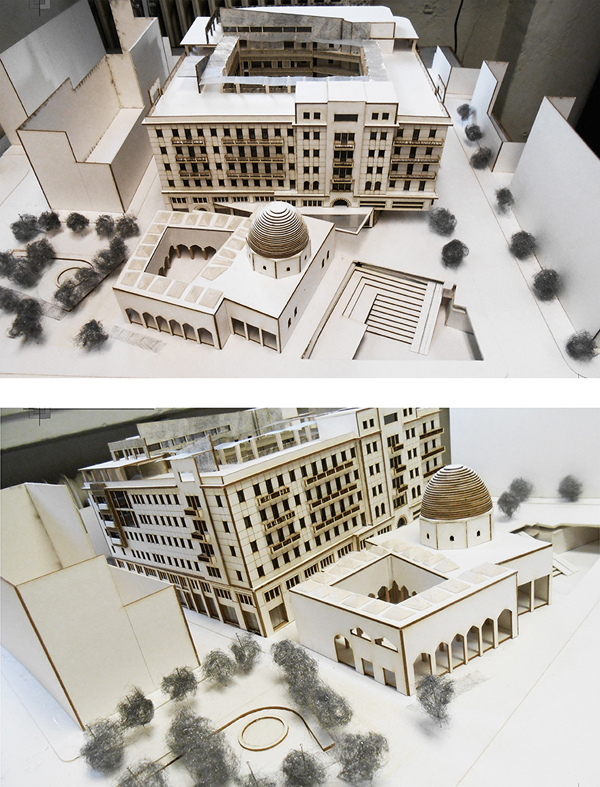
Related articles:
- Reutilisation of the building T.A.O.L. in Lefkada ( 23 June, 2010 )
- Restoration and urban renewal of the market in Kypseli ( 08 September, 2012 )










